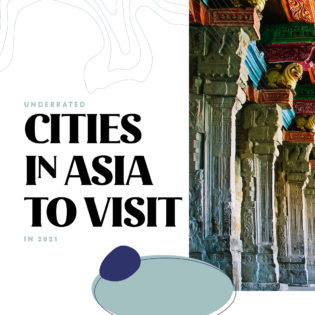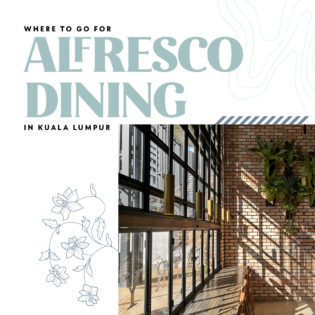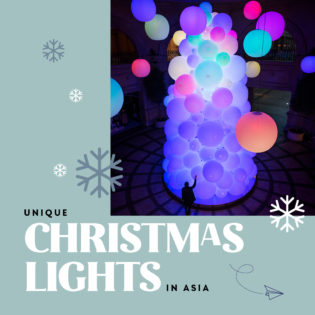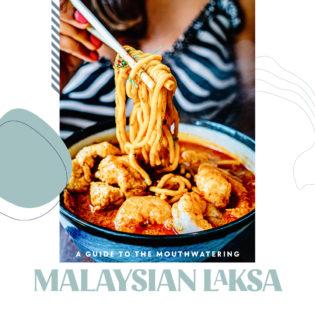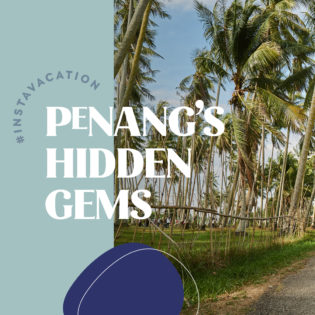With the 2019 Rugby World Cup and the 2020 Olympics looming, the winds of change are blowing through Tokyo.
Words Peter Weld Illustration Josephine Skapare

Things to See
Something Fishy
The Metropolitan Central Wholesale Market at Tsukiji, a tourist favourite famous for its pre-dawn tuna auctions and hole-in-the-wall sushi restaurants, closed in October after an 83-year run to make room for Olympic-related facilities. Its replacement, to the southeast in Toyosu, is as sleek and high-tech as Tsukiji was funky and low-tech—but will it be as popular? Tourist access to the new facility will be curtailed during the New Year’s holidays but will resume in mid-January.
Back To The Future House
High And Free
Completed in 1990, it wins no points for being new, but the Tokyo Metropolitan Government Building, all 48 storeys of it, is worth a visit simply because it’s the tallest city hall on the planet. The observation decks, on the 45th floor of each of the building’s two towers, offer splendid views all the way to Mount Fuji, nearly 100 kilometres away, and unlike the pricy observation deck at Tokyo Sky Tree, these are free.
Things to Do
Ring In The New Year
The first Shinto shrine visit of the year is a big deal for most Japanese, and that helps to explain why hundreds of thousands of people descend on Meiji Shrine in the waning hours of December and the early hours of 1 January. Agoraphobics beware: the crowds are eleven on a scale of ten; still, there’s none of the stampedes or chaos that would result in many other countries, and the orderliness of the proceedings provides an insight into the Japanese psyche.
Hanging Out With The Big Boys

People-watchers’ Paradise
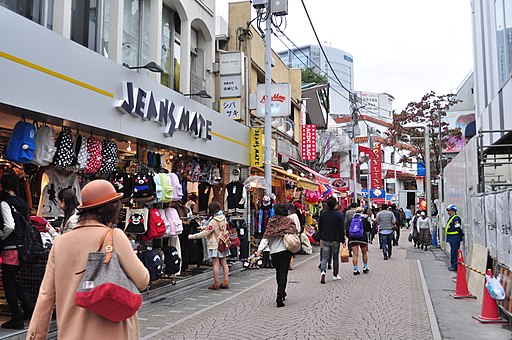
Bohemian Boutiques

Places to Stay
Robot Receptionists
All the major international hotel chains have one or more locations in Tokyo, but why come to Japan and stay in a Western-style hotel? At the Henn-na Hotel Ginza, which opened in February, the reception desk is staffed by humanoid robots that can handle Japanese, English, Korean, and Mandarin Chinese; housekeeping duties are performed in part by autonomous vacuum cleaners. The name means ‘Strange Hotel’, and room rates are strangely affordable for Ginza.
When Cost Is No Object
For those with big-enough budgets, the best accommodation option might be Hoshinoya Tokyo, smack in the middle of the city but as quiet as if it were tucked away in a northern forest. Each floor has half a dozen impeccable Japanese-style rooms and a lounge in which staff serve complimentary onigiri (rice balls), miso soup, and even sake. Opened in 2016, it features separate open-air baths for men and women on its top floor, with thermal water pumped up from 1,500 metres below Tokyo.
Places to Eat
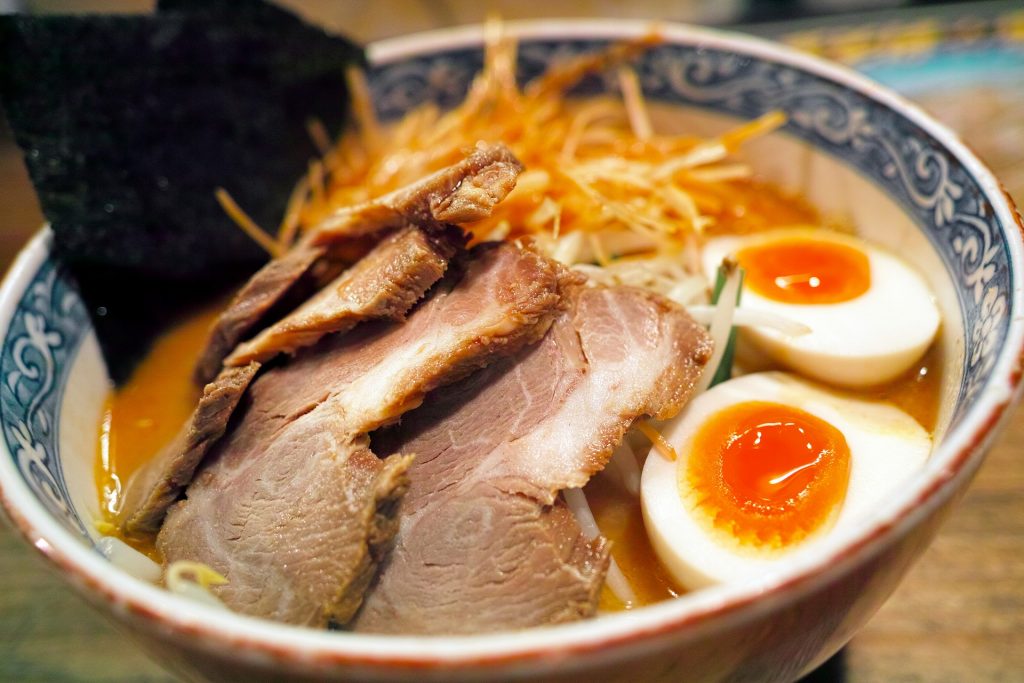
Thinking about Eating
The farm-to-table ethos is taken to the next level at Mensho, a new restaurant in the Otowa neighbourhood. Through the glass at the back of the restaurant, you can even watch the staff milling their own whole wheat flour, which they then transform into ramen and other forms of noodles. The ultimate goal is to make people think about what they eat.
More Noodle News
Last year, Nakiryu became the second ramen restaurant in Tokyo to receive a coveted Michelin star (Tsuta, only about a kilometre away, was the first). There can’t be many other Michelin-starred restaurants in which the signature dish costs less than ¥1,000 (USD9/RM37), nor can there be many in which you order your meal from a ticket-vending machine. But get there early: at both Nakiryu and Tsuta, the queue to get in is typically dozens of people long.
Places to Shop
Shopping Shrine
Built to resemble a Shinto shrine, Oriental Bazaar should be a pilgrimage site for anybody looking to buy souvenirs of a trip to Japan. From top quality to total kitsch – antique kimonos to USB thumb drives shaped like pieces of sushi – it has every kind of souvenir you can think of, as well as many you would never have dreamed of; be ready for some impulse buying. Oriental Bazaar is in the Omotesando district, not far from the goofiness of Harajuku.
On and Off
Hoping to take home a cutting-edge rice cooker or a deluxe massage chair? Yodobashi Camera sells everything that has an “On/Off” switch (as well as plenty of things that don’t). Showing your passport with your tourist visa will earn you an exemption from the 8 percent sales tax, which incidentally is scheduled to rise to 10 percent next year. There are huge Yodobashi stores in multiple locations around the city, but the most mind-boggling of all is probably the ten-storey megastore next to Akihabara Station.
Farther Afield
Big Buddha
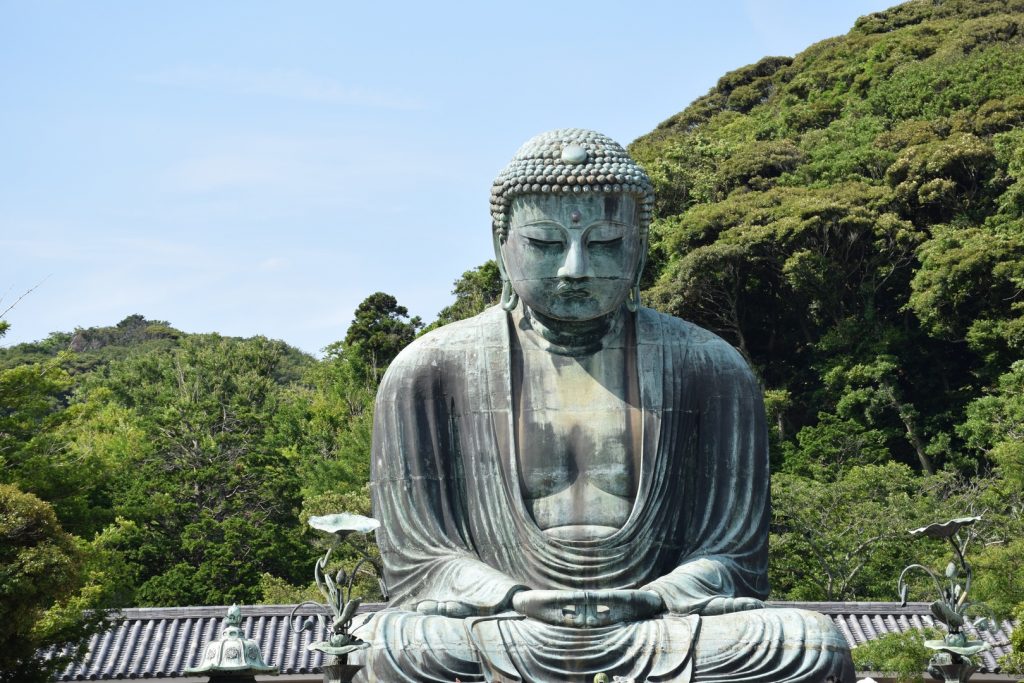
If you have time for just one day-trip outside Tokyo, it should be southward to Kamakura. The home base of several generations of shogun – and therefore, the de facto capital of the country – Kamakura was one of the world’s largest cities in the 13th century. Historical Buddhist temples and Shinto shrines abound, including Kotokuin, the home of one of Japan’s three big seated Buddha statues. Not far from Kamakura sits Enoshima, an island from which you can get both Mount Fuji and local surfers into the same photo.
Travel Tips
Etiquette
Japanese etiquette is so complex that you’re likely to commit at least a few faux pas every day you’re here. Fortunately, the Japanese will cut you some slack because you’re a foreigner. Just watch how the locals behave and try to behave similarly.
Currency
The Japanese yen is rather unusual as it’s not subdivided into smaller units: there are coins from ¥1 to ¥500 and bills from ¥1,000 to ¥10,000, and cash still enjoys a strong following. Indeed, some smaller businesses won’t take credit cards.
Attire
The Japanese have few hang-ups about what foreign visitors wear, but if you have tattoos, consider keeping yourself reasonably covered up. Attitudes are gradually changing, but tattoos are still frowned upon. Public baths, for example, will turn you away.
Weather
Tokyo can be unpleasantly hot and humid in the summer and cold enough for occasional snow in the winter. Spring and fall are optimal, but avoid the first week of May, when the ‘Golden Week’ holidays result in packed trains, jammed roads and full hotels.
Language
The locals will appreciate any effort you make to use a few Japanese phrases, but generally, getting by on English is no longer a problem in Tokyo; it might be if you venture out into the countryside and off the beaten track.



